Chemistry & Sustainable Development Goals
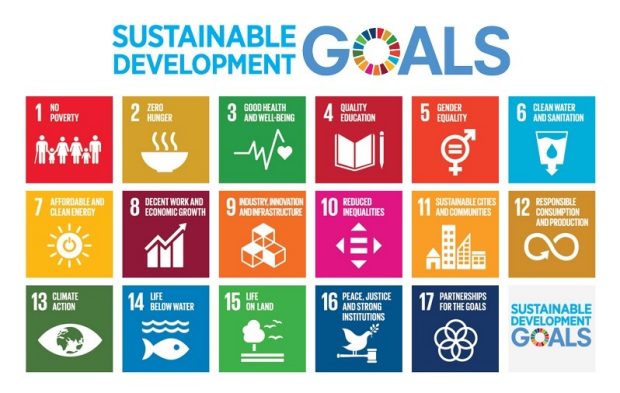
What Are the Sustainable Development Goals (SDGs)?
In 2015 the United Nations created a universal call to action to end poverty, protect the planet, and ensure that all people enjoy peace and prosperity by 2030. This framework, comprising 17 aspirational goals known as the Sustainable Development Goals (SDGs), is being adopted by governments, industry, and many other organizations worldwide.
How Will Chemistry Help Achieve the SDGs?
Chemistry plays an essential role in helping society achieve the Sustainable Development Goals (SDGs). As the world’s largest scientific society, the American Chemical Society (ACS) is in a unique position to make a difference. Our members and programs create a community and provide a forum to help solve the chemistry challenges articulated in these goals. Opportunities for new chemical research, green and sustainable chemistry education, green and sustainable chemical manufacturing practices, and a sense of social responsibility are crucial for current and future chemists as we work together to protect the planet.
Which SDGs Are Most Relevant to Chemistry?
ACS has identified seven priority SDGs and five additional SDGs that are foundational to the work of the chemistry community. The chemistry enterprise has a broad reach into technology, the economy, and human health, and there are already many ways chemists are working to support global sustainable development.

Sustainable Development Goal 2: Zero Hunger
There are many examples of how chemistry will help society achieve the Zero Hunger goal. Advances in chemistry will help to better protect plants from pest infestations, improve food production and distribution channels, extend the shelf life of food through advances in packaging, and maintain food quality and safety. High-yield seeds in combination with new approaches to fertilization will increase food production and help to reduce soil erosion. Fortification of food will help combat malnutrition in areas with limited access to healthy foods. Technologies for sustainable ammonia production, for phosphate recovery and reuse, and for targeted crop protection agents are additional examples of significant opportunities for the chemistry enterprise to make positive contributions.
Examples of Chemistry & Chemical Technologies to Meet This Goal:

Sustainable Development Goal 3: Good Health & Well-Being
Chemistry is key to achieving the Good Health and Well-Being goal. Medical breakthroughs and technologies made possible through advances in chemistry provide a deeper understanding of how human health is impacted by disease and hazardous chemicals in our food, water and the environment. Chemistry plays a critical role in medical diagnosis and drug development, enabling people to live longer and healthier lives. Chemistry also offers new solutions for reducing pollution and its impacts on human health. The application of green and sustainable chemistry can help eliminate or reduce hazardous chemical pollution.
Examples of Chemistry & Chemical Technologies to Meet This Goal:
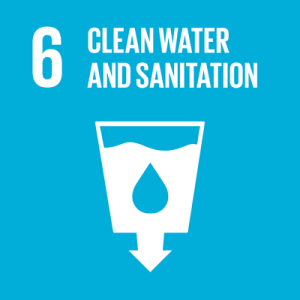
Sustainable Development Goal 6: Clean Water & Sanitation
Chemists will help society meet the clean water and sanitation goal in several ways. New methods of water purification and lower cost desalination processes will contribute to achieving universal access to safe and affordable drinking water. Water quality will improve through the deployment of greener technologies and pollution prevention strategies. Research is also needed to find new low-energy, high-efficiency separation methods for removal of metals and micropollutants. The chemical industry can work toward manufacturing practices that minimize water usage and waste management practices that avoid pollution; international partnerships will be crucial to ensure that new technologies and water management strategies will benefit the entire planet.
Examples of Chemistry & Chemical Technologies to Meet This Goal:
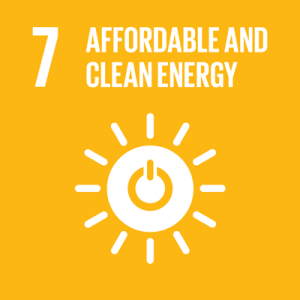
Sustainable Development Goal 7: Affordable & Clean Energy
Chemistry will help meet the Affordable and Clean Energy goal through the development of new materials for renewable energy, by being more energy efficient in the chemical processing industries, and by advancing cleaner fuel technologies. A major issue with renewable energy production is the use of scarce and/or hazardous materials for solar and wind conversion, and energy storage. Chemical researchers are working on the development of Earth-abundant advanced materials for renewable energy production, including photovoltaics, wind turbines, thermal energy collection, batteries, supercapacitors and energy storage solutions. The chemical processing industries can improve manufacturing efficiency through new catalysts, optimized process design, and new separations processes.
Examples of Chemistry & Chemical Technologies to Meet This Goal:
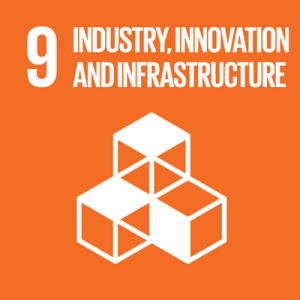
Sustainable Development Goal 9: Industry, Innovation & Infrastructure
Meeting the targets of nearly all of the SDGs will require an unprecedented amount of chemistry research and innovation. There are at least three aspects of the Industry, Innovation, and Infrastructure goal where the chemistry community can make significant contributions. First, the chemical processing industries can upgrade infrastructure and retrofit production facilities to become more sustainable. Second, the chemistry community can design, synthesize and manufacture innovative advanced materials and coatings that make infrastructure more sustainable and resilient. Third, encouraging chemistry research that enhances innovation for commercial applications.
Examples of Chemistry & Chemical Technologies to Meet This Goal:
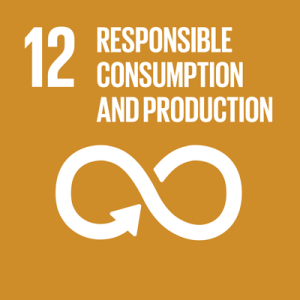
Sustainable Development Goal 12: Responsible Consumption & Production
Responsible Consumption and Production is a key goal for the chemistry community. Chemical products help improve the quality and efficiency of production processes across a wide range of industries, thereby improving water stewardship efforts and energy efficiency. From food packaging and additives to the prevention of food loss and waste, to innovations in waste management systems, the chemical processing industry helps to reduce the life cycle impacts of consumption.
The chemical processing industry can go further by contributing to a transition to a circular economy by enabling the circular economy in downstream industries and recycling and reusing molecules to close the loop in chemical manufacturing. Achieving a stable growth economy that promotes life cycle thinking will require developing new business models, products, and solutions that look beyond the concept of using a product just once. To realize this, we must address the challenges of minimizing energy and increasing the use of biobased and alternative feedstocks.
Examples of Chemistry & Chemical Technologies to Meet This Goal:

Sustainable Development Goal 13: Climate Action
Chemistry will play a critical role in the achievement of the Climate Action SDG. Advances in atmospheric chemistry are central to our understanding of the causes of global climate change and to our ability to predict the extent and impacts of climate change. Chemical research will be essential for mitigating and adapting to climate change. Advanced materials for renewable energy, improved treatments for disease, and high-yield seeds and fertilizers for increased food production will help combat climate change.
The chemical industry is moving toward a low-carbon economy by working to change to low-carbon emitting chemical production and by developing products that are playing a major role in enabling other sectors to reduce their own carbon footprints. Research and innovation are essential to help industry to move towards circular and low-carbon emitting feedstocks, offering materials and energy solutions to our downstream customers using carbon from waste, biomass, and CO2 and CO from flue gases.
Chemical companies can work together to build resilience and adaptive capacity for the sector and its supply chain in response to the impacts of climate change. They can also play a key role in the development of solutions that will enable other sectors to strengthen their resilience to climate-related risks.
Examples of Chemistry & Chemical Technologies to Meet This Goal:
Watch: The Role of Chemical Societies & the UN SDGs
Leaders from ACS and the German Chemical Society (GDCh) signed a five-year partnership agreement outlining future collaboration in advancing the United Nations Sustainable Development Goals (SDGs).
The ACS Campaign for a Sustainable Future
In 2022, ACS announced a portfolio of strategic initiatives designed to have a transformational impact on the chemistry enterprise.
The ACS Campaign for a Sustainable Future Initiative will position ACS as a leader in advancing chemistry innovations to address the challenges articulated in the U.N. Sustainable Development Goals. This multifaceted initiative will have lasting impact on how we conduct research, how we teach chemistry and how we collaborate globally.
ACS GCI's Green Chemistry and Engineering Conference
The 28th Annual Green Chemistry & Engineering Conference will be held June 2-5, 2024 in Atlanta, Georgia, with the theme AI-Generated Green Chemistry.

